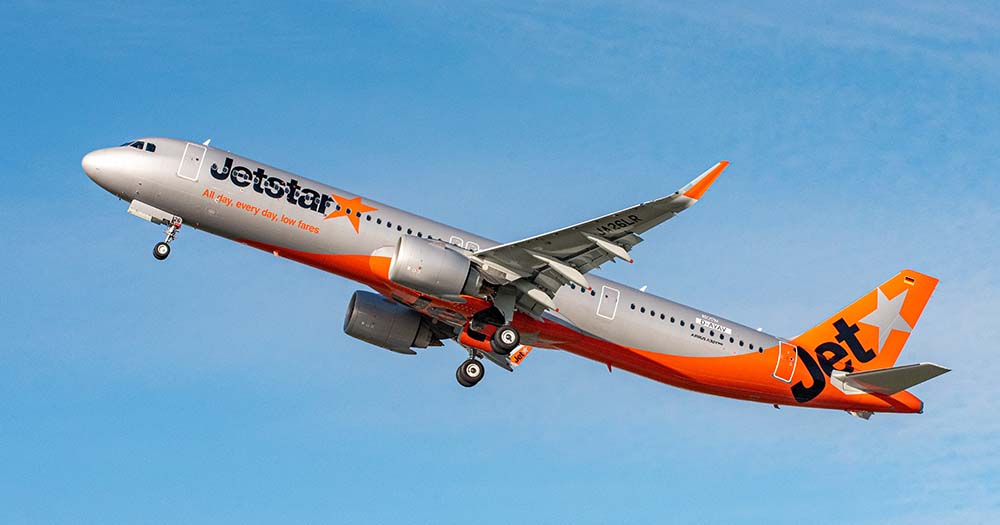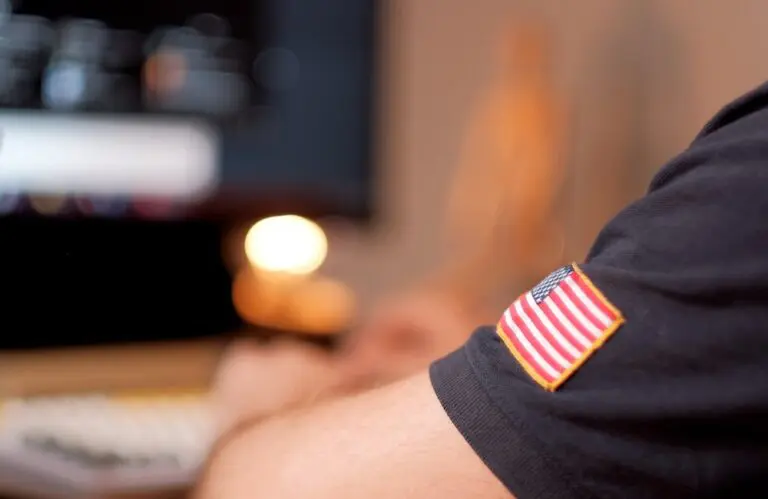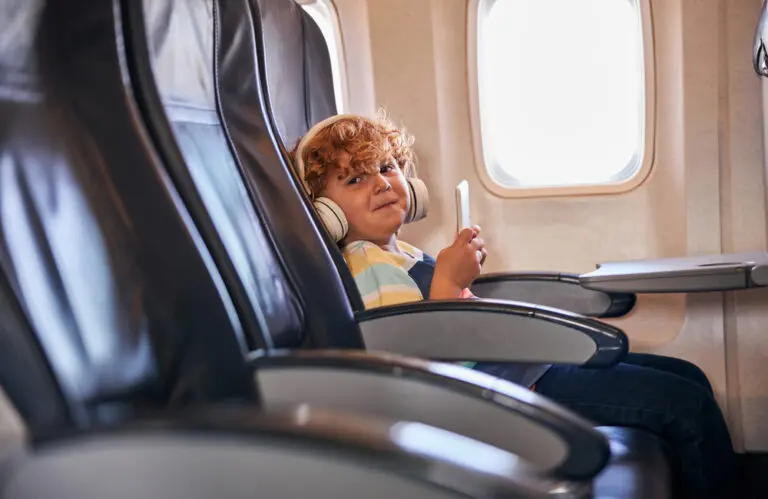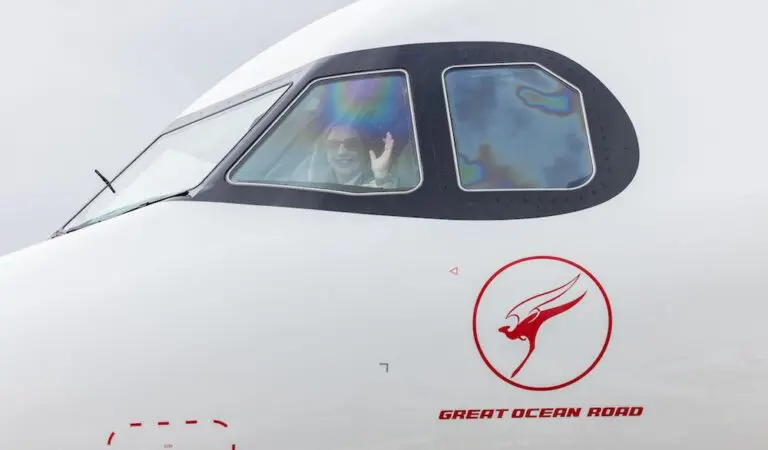Jetstar’s first state-of-the-art Airbus A321LR aka NEO aircraft arrived in Melbourne on Sunday 31 July, heralding a new era for the low-cost carrier (LCC) and welcoming an enhanced onboard flight experience for Aussie travellers.
The long-range, fuel-efficient aircraft offers a range of passenger benefits such as wider seats, larger overhead storage lockers and in-seat USB power – an Australian first for a LCC.
In the coming months, the NEOs will be equipped with digital streaming technology to allow customers access to Jetstar’s inflight entertainment on their own devices when they fly.
This NEO is the first in Jetstar’s pipeline of 38 new A321LR aircraft and is set to start flying some of the airline’s most popular domestic routes in early September, including Melbourne to Cairns.
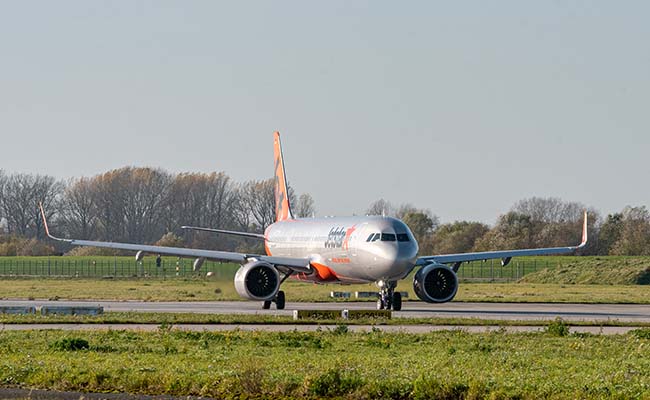
Jetstar CEO Gareth Evans, who departs the airline group in December, said the aircraft arrival is one of the most significant milestones in the airline’s 18-year history.
“Our fleet of new NEOs will lift the bar on passenger comfort and we’ve fine-tuned the cabin configuration to set a new standard of inflight experience for low fares travel in Australia,” he said.
“The aircraft also has a greater flying range than the current A320 fleet, which opens opportunities to expand our international network across the Asia-Pacific region, meaning more low fares to even more destinations.”
More sustainable in the air
The A321LR is 15 per cent more fuel efficient than Jetstar’s current A320 aircraft, 50 per cent quieter and can fly up to 1,200km further, making it the lowest emissions aircraft in the fleet.
“The A321LR burns significantly less fuel than previous generation aircraft and advanced weather detection technology will enable our pilots to plot smoother and more fuel-efficient flight paths,” Mr Evans said.
“That translates to a saving of 1.2 million kilograms of fuel annually – a reduction of almost 4,000 tonnes of emissions or the equivalent of removing 1,500 cars from the road each year.”
A further eight A321LRs will be delivered between August 2022 and May 2023 with all 18 aircraft expected to arrive by mid-2024. A further 20 NEOs will arrive between 2024 and 2029, providing an even longer range of narrowbody aircraft.
For more, head to jetstar.com

